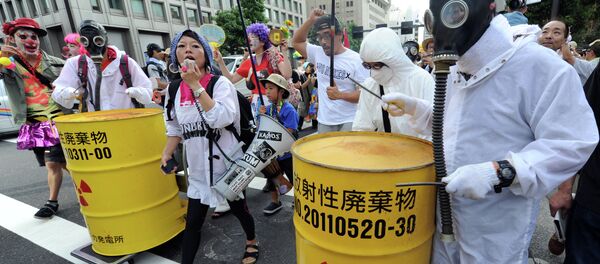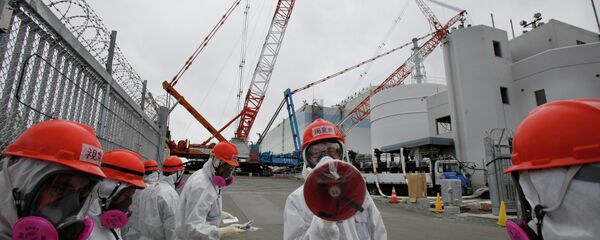Radio Sputnik’s Loud & Clear spoke with Kevin Kamps, from Beyond Nuclear, about the coverup and its possible implications for the US.
Kamps documented how TEPCO knew about the meltdown from the beginning, and understated the true extent of the damage. "They clearly did conceal the three meltdowns for two months," he said. "They [TEPCO] knew really within the first day or two that they had a meltdown, and they simply covered it up for as long as they could."
Kamps pointed out a recent report in which the company attempted to dodge responsibility for their duplicity. "What’s interesting now is this panel report is trying to shift the blame from Tokyo Electric to the serving government at the time, which was the Democratic Party of Japan. They’re trying to blame Prime Minister [Naoto] Kan and his chief spokesman Yukio Edano, both of whom have really come out swinging against this report, saying it’s preposterous [and that] they made no order to TEPCO to not use the word 'meltdown,' but that’s what TEPCO’s trying to say, that’s it’s the government’s fault."
Kamps explained that, at first, TEPCO spokespeople described the meltdown as "'core damage,' in that the solid nuclear fuel, the fuel rods in the core of these three reactors, had suffered damage, had released some of their radioactive activity out into the environment."
"But a meltdown indicates that you’ve lost complete control of the integrity of the nuclear fuel cores, they have literally melted down because of the hellish thermal heat levels and have formed a molten mass that can then burn its way through the reactor pressure vessel and even the containment structures, into the earth. And they knew, by their own regulations and their own instruction manuals, that 5% or more core damage equals a meltdown, and they knew that, in unit 1, they had 55% core damage, they knew in unit 3 they had 25% damage, they knew this within a couple days."
Loud & Clear host Brian Becker asked Kamps if TEPCO is aware of what happened to the cores. Kamps replied, "They still don’t know where the cores are. Tokyo Electric optimistically assumes that they are still located within containment structures, which are obviously damaged or even destroyed, because of the levels of radioactivity that have escaped and is still escaping. They don’t know for sure."
Kamps noted the drastic impact that nuclear reactor meltdowns have on the environment in contaminating soil and groundwater, and that similar incidents are possible in the US because the same technology is still being used. "We have 22 reactors in the United States that are of the same design of Fukushima-Daiichi," he said. "We have another eight that are closely related, so that’s 30 of these radioactive Russian-roulette games going on in the United States."





